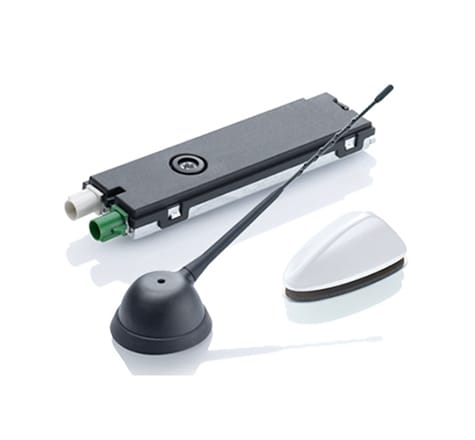The laser direct structuring (LDS) manufacturing process for molded interconnect device (MID) antennas.
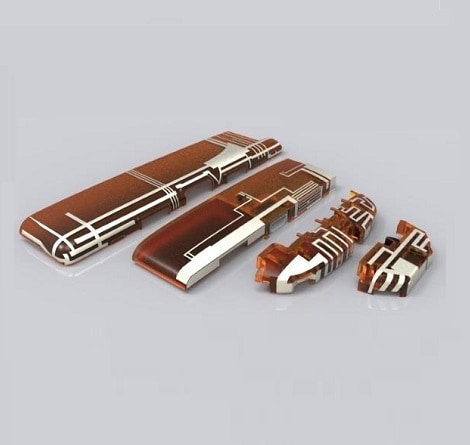
Custom Antenna Solutions
The wireless industry demands increased complexity and miniaturization of antennas, combined with a need to integrate a multi-radio environment into one component. We offer a wide array of customized antenna solutions to accommodate the mechanical constraints of your application, configure and manufacture antennas that comply with the stringent operating requirements, and are a pioneer of customized embedded antenna solutions. We are experts in the field of molded interconnect device (MID) technology – a tried and true antenna manufacturing method – including laser direct structuring (LDS) which can help save valuable space in your application by integrating high frequency, mechanical, and electrical functionality into one 3D component.
Build Your Antennas with TE
We offer a range of customization options to our customers for off the shelf or standard products from the TE Connectivity antenna range. Please get in touch to discuss these with us directly. In some case we may have an alternative product that already meets your requirements and would avoid the need for a custom antenna.
Some modifications can be a simple update to the product while others require some more in-depth engineering changes to the products. Therefore we like to speak to customers to discuss these changes and also to understand the intended application of the resulting antenna.
Below you will see some examples of the types of antenna customizations that we are able to offer.
Antenna Customization Solutions
CUSTOM EMBEDDED ANTENNAS

CUSTOM EXTERNAL ANTENNAS
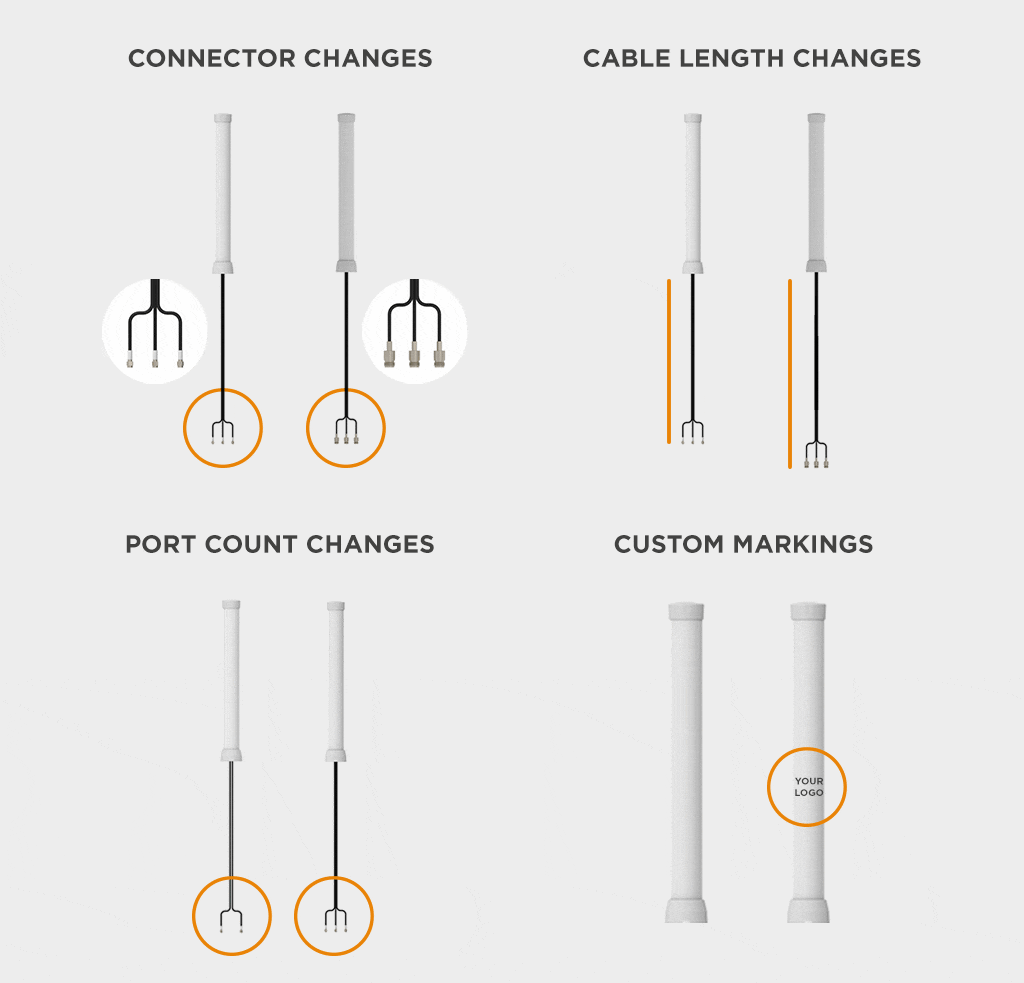
Customer Stories
Our Technologies
MID Technology
Electromechanical, RF Technology, & Shielding
- TE is one of the leading providers of MID technology with more than 25 years mass production experience.
- Delivering a solution fast to increase your speed to market with In-house development and manufacturing and full control of the process and timing and fast transitioning from prototype to mass production
- In its most basic form, MID technology is defined as a process that results in selectively plated plastic parts.
- MID is most often used in three basic ways: electromechanical (signal or current carrying traces), RF technology (antennas), and for shielding applications.
- MIDs can integrate electrical and mechanical elements into almost any shape of interconnect device allowing entirely new functions to be created while facilitating the miniaturization of products.
Laser Direct Structuring (LDS)
3D Design Capability
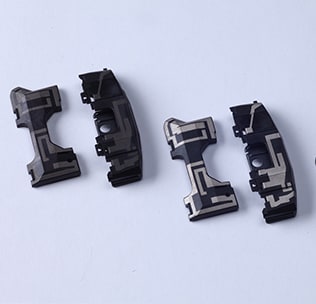
3D Antenna Component Created with LDS
TE’s use of laser direct structuring (LDS) antenna and product technology can save valuable space in your application by integrating high frequency, mechanical and electrical functionality into one component. Laser structuring enables 3-dimensional (3D) design/routing capability, versus the limiting 2-dimensional (2D) capability on a printed circuit board (PCB). LDS technology also allows for improved antenna performance because antennas can be placed in the design where they have more room for better bandwidth and efficiency. LDS is a three-step process. First, the antenna is molded in a standard single shot mold using one of the LDS resins. Second, the desired pattern is directly structured onto the antenna by the 3D laser system. Finally, the pattern is plated using industry-standard methods where the plating adheres to the plastic only where the plastic has been activated by the laser, thus creating a conductive pattern.
LDS Technology
Key Benefits
- Ability to selectively and repeatably plate
- 3 dimensionally
- Space savings
- Ability to produce thin (0.15 mm) traces
- Improved antenna performance
- Applied cost savings
- Faster time to market
- Flexibility for pattern changes during production
- Simple/fast/low cost tooling
Two-Shot (2k) Molding
Cost Effective & Repeatable
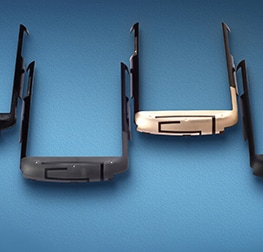
Two-shot (2k) molding
Two-shot molding is a mature and well understood process that remains viable for cost effective and repeatable production of MIDs. The basic process has only two steps, injection molding of two distinct thermoplastic polymers and the electroless plating process, resulting in a selectively plated component. In order to achieve the selectivity during plating, a catalyst doped “plateable” resin is molded in conjunction with a standard non-plateable resin to define the desired area to be plated. This area is metalized initially with copper, followed by nickel and, optionally, gold plating. The following are just a few of the advantages MID two-shot technology delivers compared to alternative technologies: Design flexibility for complex 3D geometries, ability to integrate multiple functions into one component, tightest tolerance for pattern registration to carrier, fewest manufacturing steps and processes, higher yields, improved scaleability.
Printed Antennas
Flexible & Low-Cost
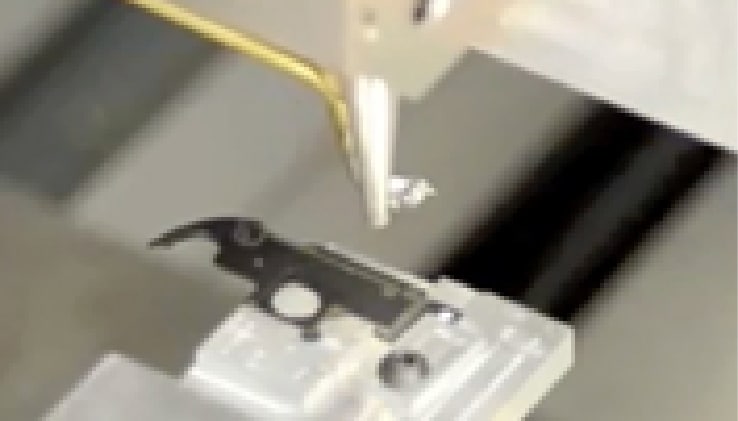
Printed antenna
Printing is an emerging manufacturing process being used to produce antennas. The antenna carrier is molded of standard resin materials, then the antenna pattern is structured onto the carrier by applying a conductive, non-plate particulate in a tightly controlled manner with a 3D print system. This process uses no special resins; requires no plating; offers flexibility to make pattern changes easily; and is a simple, fast, low-cost, and environmentally friendly tooling method.
Speaker Acoustic Module (SAM)
100% RF & Acoustic Tested
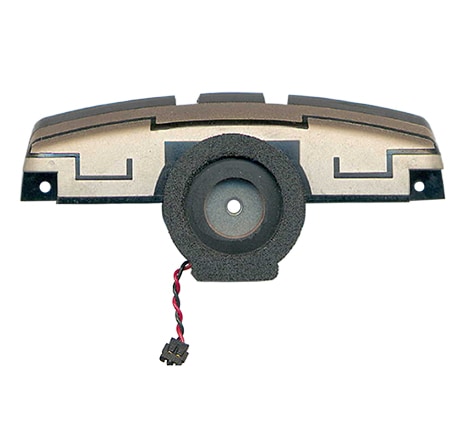
Speaker Acoustic Module (SAM)
TE has in-house capability for designing, assembling, and testing speaker acoustic modules (SAMs). The antenna and acoustic chamber are designed together as one assembly. The acoustic chamber becomes the carrier for the antenna using one of two different technologies to manufacture MID antennas: 2-shot molding or laser direct structuring (LDS). SAMs are 100 percent radio frequency (RF) and acoustic tested in the production line prior to packaging. This antenna offers a space-saving combination of acoustic chamber and antenna, as well as RF testing after speaker integration to SAM.
Manufacturing process for 2-shot molded interconnect device (MID) antennas, including molding, plating, RF test, and packaging.
Manual and automated assembly of a flexible printed circuit (FPC) antenna onto a molded plastic carrier.
Manufacturing process for near field communication (NFC) antennas.


